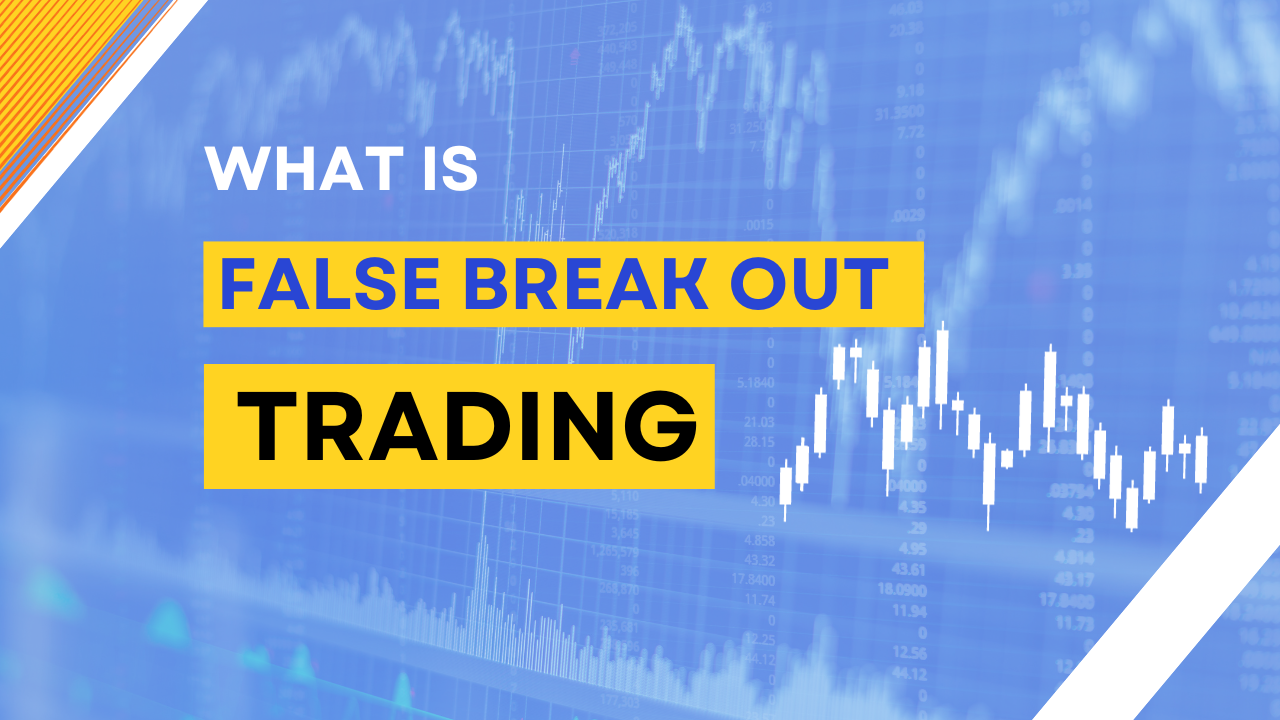In the intricate world of trading, the term ‘breakout’ often signifies a potential change in market direction and can be the start of a new trend. However, not all breakouts lead to new trends.
Some are false alarms, luring traders into ill-fated positions. These are known as false breakouts or ‘fakeouts’ and understanding them is crucial for any trader aiming to navigate the markets successfully.
What is a False Breakout?
A false breakout occurs when the price of an asset moves beyond a defined support or resistance level but fails to sustain this movement, resulting in a reversal back into the previous price range. This phenomenon is common in all markets and can lead to significant losses for traders who do not recognize it in time.
Characteristics of a False Breakout
False breakouts can be identified by specific characteristics on a chart:
- Short-lived Break: The price moves beyond a technical level but quickly returns.
- Low Volume: The breakout lacks the high trading volume that typically accompanies a genuine breakout.
- Candlestick Rejection: The breakout candle has a long wick in the direction of the breakout, suggesting a lack of commitment from buyers or sellers.
The Fake Breakout Chart
A fake breakout chart displays a clear breach of a price level that doesn’t result in a sustained move. This is often visualized by a candlestick with a long wick passing through a trendline or price level and a body that closes back within the previous range. The visual evidence is compelling, yet the market sentiment behind it is indecisive or manipulative.
How to Avoid False Breakouts
Avoiding false breakouts requires a blend of patience, technical analysis, and sometimes, a bit of skepticism. Here’s how you can reduce the risk of falling for a false breakout:
- Wait for Confirmation: One common approach is to wait for the price to close on a higher time frame, such as the daily chart, beyond the breakout level before considering it valid.
- Volume Analysis: Volume should increase significantly on a genuine breakout. A spike in volume can confirm traders’ commitment to the new direction.
- Multiple Time Frame Analysis: Confirm the breakout on multiple time frames. If a breakout on a 15-minute chart doesn’t align with the 4-hour and daily charts, it may not be reliable.
- Support and Resistance Confirmation: A support level turned resistance, or vice versa, after a breakout can serve as a confirmation signal.
- Indicator Confirmation: Use indicators like moving averages or RSI to validate the breakout. If indicators do not confirm the price action, it may be a false signal.
False Breakout Pattern
Identifying a false breakout pattern is about recognizing when the market is not acting as it should during a genuine breakout. This could be due to market manipulation, where large traders are attempting to trigger stop-loss orders or entice traders into a position before the market moves in the opposite direction.
False Breakout Strategy
A strategic approach to false breakouts involves both offensive and defensive moves:
- Defensive: Employing tight stop-losses or waiting for confirmation can protect from the downside of false breakouts.
- Offensive: Some traders take positions against the breakout direction upon signs of a fakeout, capitalizing on the potential reversal.
Best Time Frame for Trading Support and Resistance
Higher time frames tend to show more reliable support and resistance levels. The daily, 4-hour, and weekly charts are often considered best for identifying significant levels due to the larger number of traders watching and reacting to these levels.
Trading Support and Resistance Levels
When trading these levels:
- Be Flexible: Support and resistance are not exact numbers but zones.
- Look for Clustering: Several support or resistance levels clustering together can create a stronger price barrier.
- Historical Price Action: Past reactions to a level can indicate its future significance.
Conclusion
False breakouts are a reality of trading that can be both a challenge and an opportunity. By employing a disciplined approach that includes waiting for confirmations, understanding market psychology, and applying technical analysis, traders can navigate false breakouts with confidence.
Remember, trading is not about winning every time—it’s about managing risk and improving the accuracy of your trading decisions over time. With experience and a keen eye for market behavior, recognizing and responding to false breakouts becomes an
- Dark Cloud Cover: A Guide to Trading This Bearish Candlestick Pattern - 26 December 2023
- Title: Piercing the Veil of Market Sentiment: The Piercing Pattern in Trading - 26 December 2023
- Bullish Marubozu: A Comprehensive Guide to Trading with Confidence - 26 December 2023
